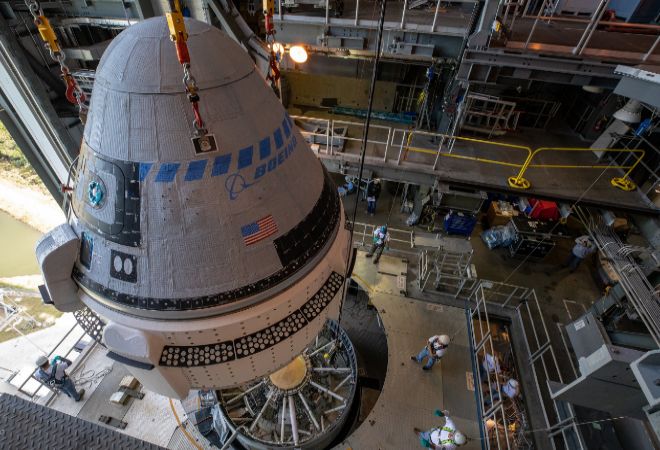- Special Apollo to Artemis
- Interview: Mark Kelly: 'We can travel to Mars in 15 years'
- Space: NASA chooses the four astronauts who will travel in future private ships
It was going to be for a short time. When NASA retired the ferry fleet in 2011 and became dependent on Russian Soyuz ships to travel to the International Space Station (ISS), it began to develop new vehicles that should be ready in a few years. But nine years have passed and none of the three ships that are underway are still fully operational.
Meanwhile, the US has to pay Russia about 86 million dollars for each ticket of its astronauts to the ISS (the figure has been varying since 2011, but usually around 80 million dollars).
The Orion spacecraft, which NASA is manufacturing for its future missions to the Moon and Mars, will make its first manned flight in 2021. On the other hand, the transfer of its astronauts to the International Space Station has left it in the hands of two private companies , Boeing and Space X, which are manufacturing two taxis , Starliner and Crew Dragon respectively.
All are late but this Friday will finally be the first test - not manned yet - of the ship that has commissioned Boeing. As planned, at 12.36 (Spanish peninsular time) the CST-100 Starliner has taken off from platform 41 of the Cape Canaveral Air Force Station in Florida.
This NASA astronaut taxi will travel aboard the Atlas V rocket to the ISS. The launch can be followed live from the NASA website.
The main objective of this Friday's test flight will be for the Starliner ship to be coupled to the ISS to verify that it can work autonomously and check that all its systems work correctly: avionics, coupling, communications and telematry, solar panels and power supply and propulsion systems.
SpaceX crash
On the other hand, last March SpaceX made an unmanned test flight to the ISS with its Crew Dragon spacecraft. However, the capsule crashed on April 20 during a landing test in Florida due to a failure in the thrusters. There were no injuries but the test has delayed the first test with astronauts.
Meanwhile the tests of the Orión ship, which will be the protagonist of the future Artemis program to return to the Moon, continue. Artemis 1 will be launched without crew at the end of next year or in 2021. In 2023 it is planned to launch Artemis 2, the first with astronauts, and in 2024, Artemis 3, whose objective will be for a man and a woman to land on the Moon.
According to the criteria of The Trust Project
Know more- Science and Health
- science
EnvironmentStrong rise of Spain in the ranking of the countries most affected by climate change
Climate crisis: Greta Thunberg in Lisbon or the death of irony
Madrid Weather Coverage Interview: "Satellites show clear images of climate change"

